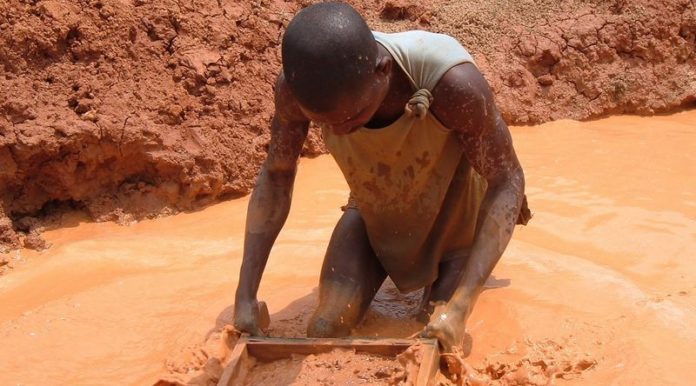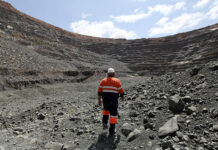
LONDON-listed Petra Diamonds provides a good example of what can happen to a mining company when it gets hit by widespread illegal mining on its properties and has to deal with uncooperative governments and radical human rights non-governmental organisations.
The negative experience must have played a part in Petra’s decisions to sell out of South African subsidiary Ekapa Diamonds and greatly reduce its shareholding in the Williamson mine to drop its “risk exposure” to Tanzania.
In 2015, Petra and partner Ekapa Mining created the Kimberley Ekapa Mining (KEM) joint venture to recover diamonds from the surface dump retreatment operations around Kimberley that were previously owned by De Beers.
There followed an immediate exponential rise in the number of miners operating illegally on parts of the 6,000-hectare licence area. The miners continued to operate unhampered despite carrying out bouts of arson and widespread theft of KEM’s equipment and also despite the fact that De Beers had repeatedly laid charges against them with the police over the previous two years.
Petra sold out to partner Ekapa in 2018, by which time KEM had negotiated a solution with the miners – brokered by the Department of Mineral Resources & Energy (DMRE). This involved surrendering 600ha of its ground to them provided they stayed off the rest of the company’s lease area.
That did not work and by August 2019 it was revealed that KEM was still spending around R3m/month on security to keep illegally operating miners off its property following further incidents, including arson on some of KEM’s haul vehicles.
At the Williamson Mine in Tanzania, Petra was sued in London by Leigh Day, a UK-based law firm, on behalf of 71 anonymous claimants “in relation to alleged breaches of human rights associated with third-party security operations at the Williamson mine”.
According to a Petra statement, issued in May 2021, the incidents did not involve its own staff but instead third parties – the company’s security provider, Zenith Security, and the Tanzanian Police Force.
The Petra statement added that: “While Petra is not directly involved in operations at the mine and had no direct involvement in the events, it believes that the agreed settlement balances the interests of its stakeholders with those of the local community and avoids contesting protracted and expensive litigation where, even if Petra prevailed, it is unlikely that its own legal costs would have been recoverable.”
The settlement – reached on a ‘no admission of liability’ basis – was for £4.3m to be paid out to Leigh Day’s clients, including a contribution to their legal expenses as well as “significant funds” that Petra has committed to invest in programmes to provide long-term sustainable support to the communities living around the mine.
Community projects to be looked at include “a feasibility study into a formalised artisanal mining project at the mine”.
At the time, Petra was also involved in a long-running dispute with the Tanzanian government over its operations that was resolved in December 2021, with Petra agreeing to drop its stake in the Williamson mine from 75% to 63% while the Tanzanian government upped its stake from 25% to 37% at no cost.
Petra also agreed to a number of financial payments and measures that appeared punitive and heavily in favour of the Tanzanian government, although this assessment is denied by CEO Richard Duffy.
But Petra followed that deal up by selling half its remaining stake in Williamson Diamonds to Tanzanian mining services contractor Caspian, which dropped Petra’s indirect stake in the mine to 31.5%.
Go figure. According to Duffy, the moves were made to reduce Petra’s risk exposure in Tanzania while retaining some exposure to the upside of operations at Williamson, which controls a huge – if marginal – diamond resource.
Assuming the framework agreement with the Tanzanian government has now settled all the political and regulatory issues then that risk consists of the marginal nature of the mine as well as the problems posed by future illegal mining, which seem unlikely to go away.
This article first appeared in The Mining Yearbook 2022 which can be accessed free of charge here >>










